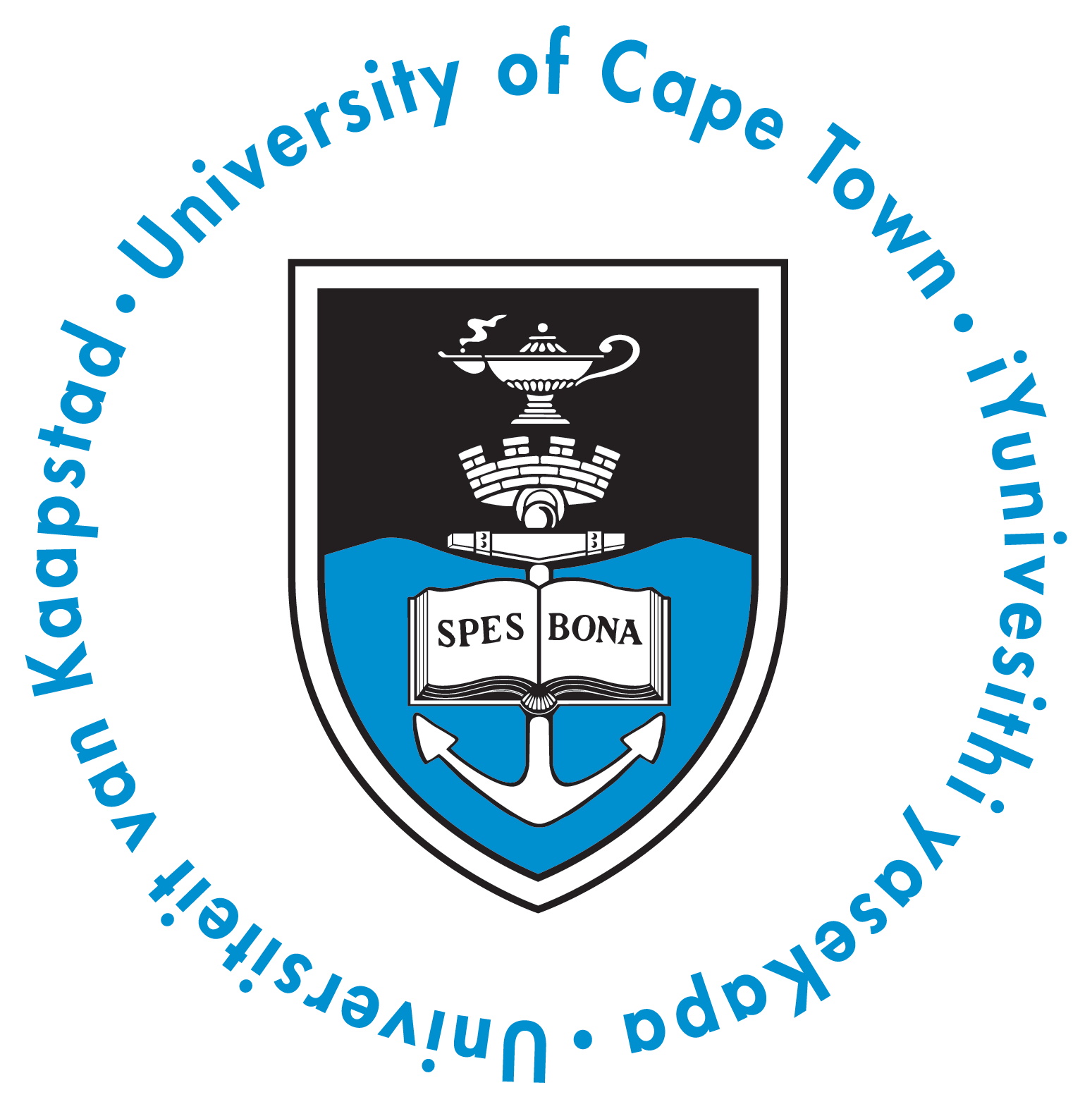About the University of Pretoria
Basic information and contact details for the University of Pretoria
Rankings
Select the type of rankings below to see stats
World University Rankings 2025
Breakdown via year: Teaching
Ranking positions 2016 to 2025
Impact Rankings
Select the type of ranking below to see stats
Impact Rankings 2024
Impact Ranking positions 2020 to 2024
Discover similar universities
Find out more about studying, research and jobs at these universities
suggested
Key Student Statistics
A breakdown of student statistics at the University of Pretoria
- Student gender ratio
- 60 F : 40 M (1)
- International student percentage
- 6% (1)
- Students per staff
- 20.3 (1)
- Student total
- 35826 (1)
Based on data collected for the (1) World University Rankings 2025
Jobs you might be interested in
You may want to explore jobs from other universities which are relevant to you
See all
Subjects Taught at the University of Pretoria
See below for a range of subjects taught at the University of Pretoria
Computer Science601–800th
- Computer Science
Clinical and Health501–600th
- Medicine and Dentistry
- Other Health
Business and Economics301–400th
- Economics and Econometrics
- Business and Management
- Accounting and Finance
Arts and Humanities301–400th
- Languages, Literature and Linguistics
- History, Philosophy and Theology
- Archaeology
- Art, Performing Art and Design
- Architecture
Psychology401–500th
- Psychology
Life Sciences301–400th
- Agriculture and Forestry
- Sport Science
- Veterinary Science
- Biological Sciences
Physical Sciences601–800th
- Chemistry
- Geology, Environmental, Earth and Marine Sciences
- Physics and Astronomy
- Mathematics and Statistics
Law101–125th
- Law
Engineering601–800th
- General Engineering
- Civil Engineering
- Chemical Engineering
- Electrical and Electronic Engineering
- Mechanical and Aerospace Engineering
Social Sciences301–400th
- Sociology
- Politics and International Studies
- Geography
- Communication and Media Studies
Education301–400th
- Education






